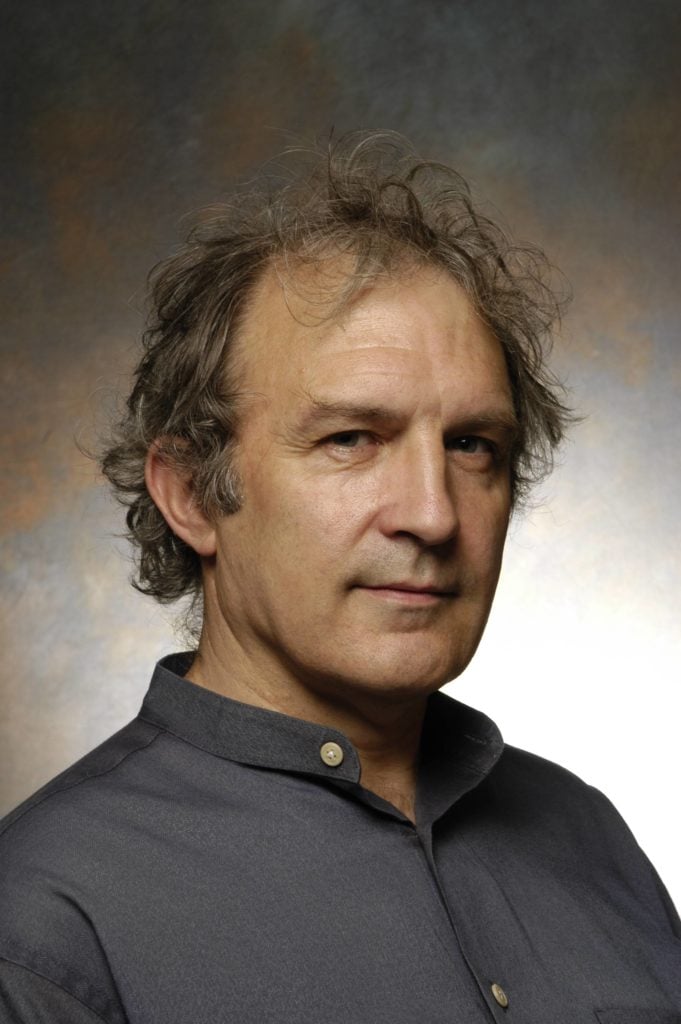Events and Parties
Yve-Alain Bois, Esteemed Art Historian and ‘October’ Editor, Will Deliver the 2020 Mellon Lectures at the National Gallery of Art
Bois will use the lectures to unveil new research on axonometry.

Bois will use the lectures to unveil new research on axonometry.

Pac Pobric

Art historian Yve-Alain Bois, renowned for his work on the history of Modernism, and especially for his extensive studies of Ellsworth Kelly, Piet Mondrian, and Henri Matisse, has been named the 2020 Mellon Lecturer at the National Gallery of Art in Washington, DC.
Bois, a professor at the Institute of Advanced Study in Princeton, will deliver six talks beginning next March on the history of axonometry, elaborating a project he has been working on for more than 40 years since he first touched on it in his doctoral dissertation.
Axonometry—a system of spatial representation that has no vanishing point and no fixed point of view—has disappeared and reappeared throughout history, playing a role not only in art and architectural history, but also in the developments of archaeology, optical physiology, geometry, and philosophy, among other fields.
“It has been invented independently several times with different purposes,” Bois said in an interview, noting that its earliest history stretches back to ancient China. “During the 20th century, there was a real interest in it after a 1923 De Stijl exhibition, after which it spread like wildfire and appeared in all the avant-garde architectural newspapers and became the preferred language of International Style of architecture. And after the war, it goes away completely, and reappears much later thanks to [British architects] James Stirling and Alison and Peter Smithson.”
For Bois, it is important that there there is no clean, uninterrupted story of axonometry, which instead appears in specific, disconnected historical episodes. He is also interested in the curious misunderstandings and missed encounters that have animated its history.
“My starting point is [Russian Constructivist] Lissitzky, who wrote an article in 1925 in Europa Almanach titled ‘Art and Pangeometry’ about different kinds of spaces,” Bois says. “By that time, he had almost stopped painting and was active in the fields of book and exhibition design, and writing on architecture. And his text was so dense and so interesting that when [art historian] Erwin Panofsky read it, he had no idea Lissitzky was an artist. He thought he was an art historian.”
Bois’s addresses will be delivered on March 22, March 29, April 5, April 19, April 26, and May 3 at 2:00 p.m.
For more on the Mellon Lectures, read an excerpt from a talk by the current honoree, Wu Hung, on the role of Western ideas in our conceptions of Chinese art.